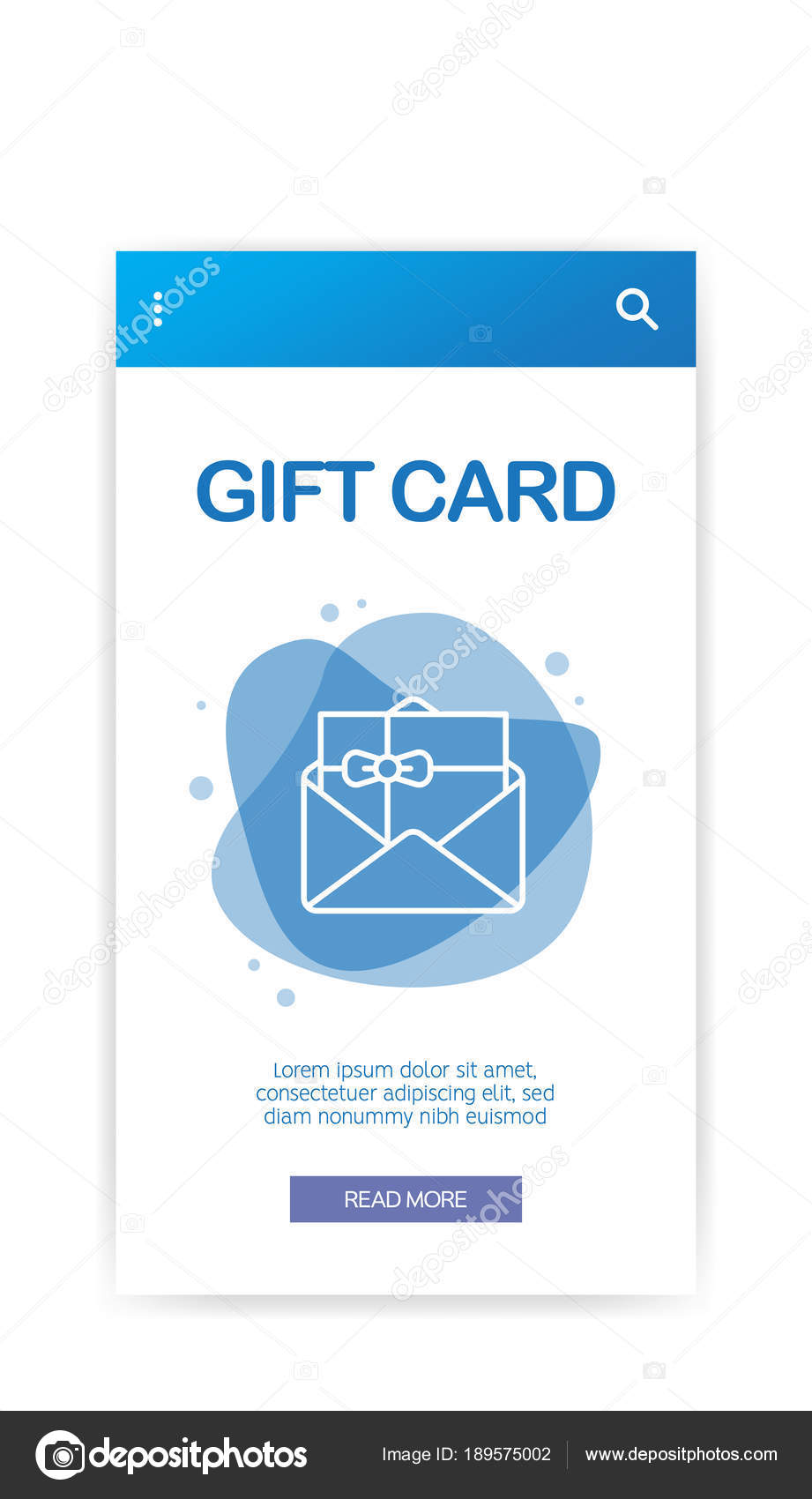Laser etching on glass can add vibrant, personalized styles to a series of products. This adaptability is one of the main benefits of laser technology over various other inscribing techniques.
Before you etch your glass products with the laser, recognize a few common problems that can emerge. These tips will aid you achieve the best results feasible.
Just How Laser Engraving Works
Laser inscription is a preferred method for etching and customizing products. It is a procedure that can be executed on a wide variety of materials, including glass, timber and steel. Laser engraving machines can produce extremely in-depth layouts, with great lines and specific cuts. Using this technique, you can create customized awards and other products that make sure to thrill.
To accomplish the preferred results, first, you will need to conceptualize the style. This will assist you to choose what kind of picture or text you wish to etch on the surface. Then, you will need to convert your concept into a digital visuals. This can be finished with graphic design software, such as Adobe Illustrator or Inkscape, and after that saved into a file format that is compatible with your laser engraver.
Once the inscribing documents are prepared, it is time to begin preparing the product for laser marking. This can be done by using a black mask that is developed especially for laser use. The dark color of the mask shows laser light, and helps to lessen any warm that would otherwise harm the surface.
Limiting Chipping
When the laser beam strikes the surface of glass it immediately heats up the product up. The unexpected home heating causes tiny cracks to the surface. The splits and fractures produce the look of inscription, etching or frosted glass.
The varying make-ups of different kinds of glass can influence exactly how the product reacts to the laser. It is very important to carefully check your laser setups on a sample item of glass prior to starting a task. Specific focus is additionally crucial for tidy, consistent results.
To boost the top quality of your engravings attempt making use of a dark paper to protect the glass from the laser. The specialized dark paper has a layer that absorbs the laser energy and permits the engraving to occur. The dark paper can be eliminated when the engraving is full. It is likewise suggested to make use of a reduced resolution and minimize the amount of black in the graphics as this will certainly help reduce micro-fracturing. A Jarvis dithering pattern can also be related to the visuals in the laser chauffeur setups to randomize and divide the dots of the design and more minimize the amount of micro-fracturing.
Preparing the Surface area
Laser marking on glass and plastic supplies a wide range of useful uses, from item traceability (like date codes or whole lot numbers) to 3D noting within the material itself. It's additionally utilized for decoration and layout in industries such as the vehicle, food, and telecommunication markets.
Getting excellent results from laser inscription on glass depends partially on the preparation of the surface area. Maintaining the product tidy of dust and grease assists the laser permeate much deeper and much better. Concealing the surface area with a paper towel or paper a little larger than the etching location can likewise decrease the effects of warmth on big areas, assisting to reduce chipping and enhance overall engraving top quality.
Style and laser control software application can likewise impact how well the procedure works. Programs like Adobe Illustrator or Corel Draw help you produce and modify your layouts while programs like LightBurn or LaserGRBL regulate the laser's setups.
Beginning
Laser engraving on glass is rapid and efficient, developing a premium appearance that enhances products and strengthens brand name identity. While some might watch out for working with this delicate product, a little time and patience will certainly help make sure lovely results.
Making use of an industrial laser, you can add ornamental patterns, messages, or personalized layouts to products like glass, containers, carafes, and much more. The procedure is non-contact, lowering the risk of breakage even on rounded or fragile surface areas.
To maximize laser performance, you'll wish to invest a long time explore the settings for your certain machine and glass kind. Refining these settings will lessen power usage, boost total engraving high quality, and lower the likelihood of errors or breakage. For instance, you can raise the resolution and lower the black degree of monogrammed glassware styles your graphics to make use of less laser power. Similarly, utilizing a Jarvis dithering pattern will certainly separate and randomize the dots in your graphics to additionally decrease laser heat use.
